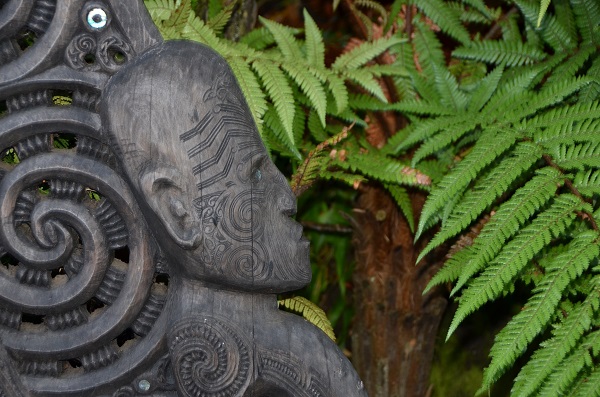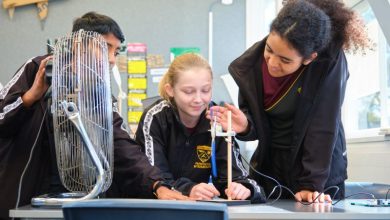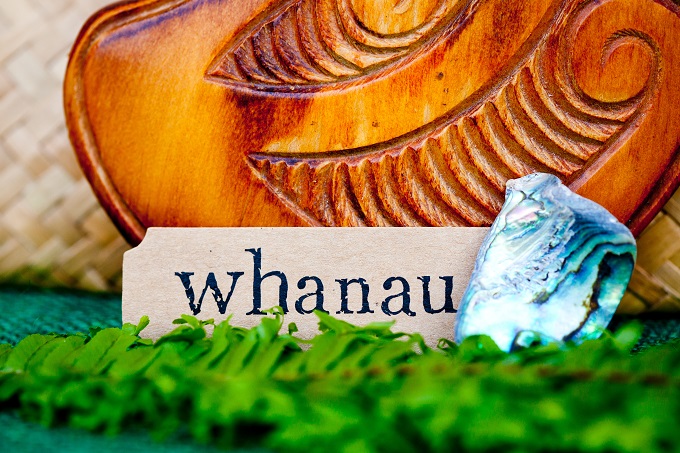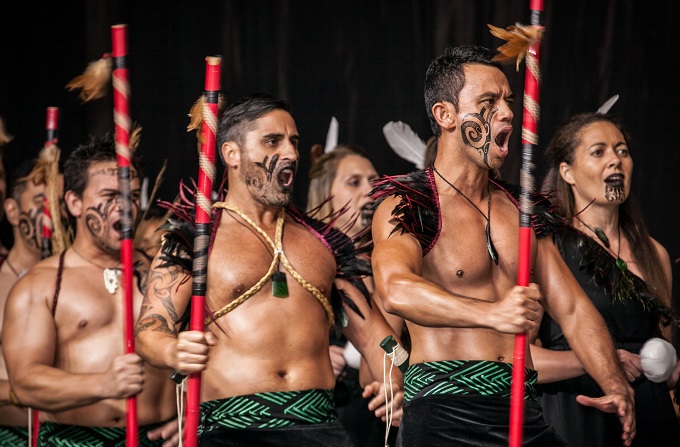Māori language resources for teachers

Resources to help teachers prepare for Māori Language Week and to normalise use of Te Reo in the classroom.
He uri nō Koterana e mihi nei. Ko Benechie te maunga. Ko Dee te awa. Ko North te moana. Engari, he Māori āku tamariki, nō Ngāti Awa. Aku taura here ki te kaupapa o te reo Māori me te mātauranga Māori ko rātou ko āku mokopuna.
Background
It is 16 years since the paucity of Māori language resources was highlighted by educator Ian Christensen in his PhD dissertation (2001) on Māori language revitalisation. At the same time, an audit by Te Puni Kōkiri reached a similar conclusion. In 2007, the Education Review Office (ERO) reviewed curriculum materials that support the teaching and learning of te reo in the English medium sector. They acknowledged that resources were limited – a situation that was both disempowering for teachers and limiting for learners. ERO recommended that future resources should:
- support the range of English medium students’ proficiency levels;
- be informed by the Māori language curriculum guidelines (Te Aho Arataki Marau); and reflect current second language teaching and learning theories.
The audit by TPK and the review by ERO also drew attention to a lack of professional development to help teachers use the ministry’s Māori language resources.
More recently, the Waitangi Tribunal expressed concern about the lack of Māori language resources. And, in an unpublished thesis, Jackman discussed the reality of student disengagement due to the lack of suitable Māori language materials. Jackman found that children were hōhā having to do the same worksheets each year during Māori Language Week.
Professional development to support the teaching and learning of Māori
There are two core MoE resources for the teaching and learning of Māori language in English medium primary schools (years one to six); namely:
- – Te Aho Arataki Marau mō te Ako i te reo Māori – Kura Auraki (2009), the Māori language curriculum guidelines for years one to 13; and
- – He Reo Tupu He Reo Ora (2011), the multimedia resource for the teaching of te reo Māori in years one to six.
There is a (relatively new) process for schools who want to access centrally-funded PD around these resources – and indeed any associated kaupapa e.g. upskilling teachers’ Māori language proficiency; teaching in a culturally responsive way; unpacking the principles in Ka Hikitia; exploring the cultural competencies in Tātaiako.
Firstly, having identified a need for the PD, schools must submit a proposal, to express interest in accessing such training. Then, if successful, schools will choose from a list of preferred PD providers – currently published on the Ministry of Education (MoE) website, with a two-page summary of their relevant knowledge and experience.
Thereafter, the provider and the school will co-construct a delivery plan – setting out the desired outcomes of the PD, with progress measures. For example, one of the outcomes could be for staff to use Māori language resources in the classroom in a meaningful way – to enhance students’ learning of te reo Māori.
Hitherto, this funding process has been handled by the MoE. However, the new education minister has recently announced that teachers’ access to PD will now be managed by the Education Council, a body that is independent from the Ministry.
Te reo Māori – a core curriculum subject or not?
Also topical at the moment is the fact that NZCER has just published a report (commissioned by the Māori Language Commission) recommending that te reo Māori should be a core curriculum subject – beginning with Year 1 students in 2020, until it is being taught at all levels by 2037.
NZEI has responded to this proposal with caution, even though the professional body recognises wholeheartedly the importance of valuing the indigenous language of this country and acknowledges the positive impact for Māori students. Teachers’ reservations emanate from their feelings of inadequacy and lack of confidence. Hence their plea to the Ministry for increased support and resources.
Resources for Māori Language Week (September 11-17, 2017)
To celebrate Māori Language Week this year, the Māori Language Commission has produced a small booklet called “Kia Ora” – in line with its theme “Kia ora te reo Māori”. This booklet is downloadable online http://www.tetaurawhiri.govt.nz/resources/. While its main focus is sporting activities, the resource also includes pronunciation tips and idioms. Also downloadable on that site are four short graphic stories, and a template for a model whare. Some of the language in the graphic stories would be suitable for English medium primary schools.
The same site features downloadable resources associated with the theme of each Māori Language Week as far back as 2004. In addition, the Māori Language Commission site contains useful information on tikanga http://www.tetaurawhiri.govt.nz/learn-te-reo-Māori/tikanga-Māori/.
The MoE has a collection of myths, legends and contemporary stories (which can be viewed in English or Māori) http://eng.mataurangaMāori.tki.org.nz/Support-materials/Te-Reo-Māori/Māori-Myths-Legends-and-Contemporary-Stories.
The Ministry has also published Hei Waiata, Hei Whakakoakoa, a collection of Māori songs at various levels of difficulty. The collection comprises lyrics, song sheets and suggested activities. It is available online http://tereoMāori.tki.org.nz/Reo-Māori-resources/Hei-Waiata.
Nō reira kaiako mā, ākona te reo, ā, kia kaha ki te kōrero te reo rangatira o tēnei whenua.
New Māori language resources – Arahia Books
A few years ago, I started to write bilingual readers for my mokopuna who, at that stage, were not even born! I wanted to ensure that when my sons became pāpā, they would read to my mokos in te reo Māori.
Since then, I have developed the readers to make them suitable for English medium primary schools – by adding teachers’ notes that are aligned to the Māori language curriculum guidelines Te Aho Arataki Marau and the topics in the multimedia resource He Reo Tupu He Reo Ora e.g. I, Me, Myself (about pepeha, tūrangawaewae, whānau, whakapapa); Health (especially sporting activities, the theme of this year’s Māori Language Week); Maths; and Weather.
The resources come as an integrated package, which comprises:
- a big bilingual book, for shared reading – with teachers’ notes that include assessment rubrics and ideas for second language activities;
- 10 small bilingual books, for group work or independent reading;
- a set of flash cards,for vocabulary recognition; and
- a downloadable link, for showing the book on the big screen, helping with pronunciation, and providing a template (with instructions) for a palm-sized copy of the book – which each student can take home and read with whānau. (There are sometimes waiata on the link too, aligned to the topic of the reader).
The publisher is Sharon Holt (The Writing Bug Ltd) who is known for her Reo Singalong books. The illustrators are Jasmine Bailey and Josh Morgan who, being Māori, are committed to enhancing the quality of Māori language resources in schools.









where can we get the link or the resources?
Kia ora Matua Byron
To read Alice Patrick’s round up of Maori Language Resources (sorry, no macron in this program) just click on the title and you should go through to her story. Sometimes the links are a little hard to spot on our page.Or try this – https://www.schoolnews.co.nz/2017/08/maori-language-resources-for-teachers/ Nga mihi